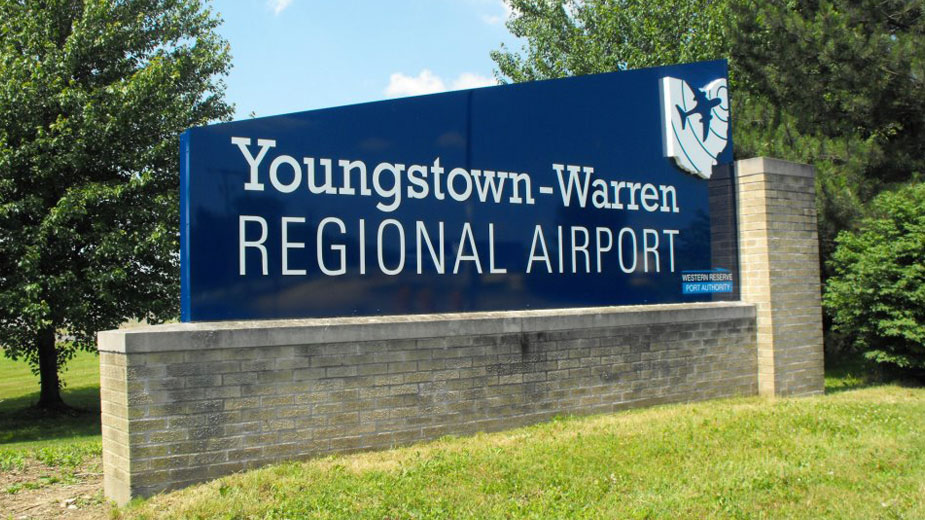PSU Prof: Buying ‘Real’ Holiday Trees Is ‘Green’
UNIVERSITY PARK, Pa. — An expert in Penn State University’s College of Agricultural Sciences offers his assurance that purchasing a “real” holiday tree is environmentally correct.
The subject is one Ricky Bates, associate professor of ornamental horticulture, has been asked about repeatedly over the years, he said. He conducts research and extension education programs aimed at improving the profitability of the nursery and Christmas-tree industries.
“It’s a silly debate — you can breathe easier knowing Christmas trees are being grown,” Bates said.
That’s literally the case, as it turns out. According to Bates, U.S.-grown Christmas trees the daily oxygen requirements for millions of people. “Approximately 34 million trees are sold every year, and more than enough seedlings are planted to replace them,” he said. “A million acres nationally are in Christmas tree production.”
Tree farming generates several practical benefits, such as reducing soil erosion, creating habitat for wildlife and sequestering carbon. When a Christmas-tree seedling is planted on a farm, it usually is already three or four years old. Depending upon the species, it may take another seven to 10 years to produce a marketable tree.
Some people contend that producing real trees doesn’t require burning fossil fuels, as do artificial trees, but it is not that simple, according to Bates.
“Actually, the environmental impact of producing Christmas trees or any other agricultural commodity is more complicated than it may appear, and the question needs to be considered in the context of overall benefits and costs,” he said. “For example, fossil fuels are consumed by equipment to produce trees on farms, but these same trees also sequester carbon over their lifespan.”
Buying a real tree every year also is good for the economy. Bates estimates that there are more than 15,000 Christmas-tree growers in the United States. The industry employs approximately 100,000 people. The total Christmas-tree crop recently was valued at more than $360 million.
It doesn’t appear that the recent economic downturn has had much of an impact on the tree industry. “People still are buying Christmas trees,” Bates said, “probably because displaying a Christmas tree is an important tradition for many families, and it does not represent a very large expense.”
Buying a real tree is especially good for Pennsylvania, Bates contended. “There are approximately 2,000 Christmas-tree producers in the state who grow approximately 46 million Christmas trees,” he said. “About 2 million of them are harvested annually. Six million new Christmas-tree seedlings are planted in Pennsylvania every year.
“In recent history, Pennsylvania typically has ranked No. 1 or No. 2 in the nation in the number of Christmas-tree farms,” he added. “In terms of acreage and/or dollar volume of sales, Pennsylvania usually ranks behind only Michigan, North Carolina and Oregon.”
In Pennsylvania, the Douglas fir and Fraser fir are the two most important species, comprising more than 70 percent of the acreage in the state, Bates noted. Other species grown include white pine, blue spruce, concolor fir (also called white fir) and Scotch pine.
“If there is a favorite, or one most-desired tree by consumers, it likely would be the Fraser fir, due to its excellent needle retention and fragrance,” he said.
Being a Christmas-tree guru, one might expect Bates to offer a secret method to keeping a tree purchased in early December fresh until at least New Year’s Day or even a bit after. “Not really,” he said. “It’s pretty straightforward. Keeping a cut tree fresh during the holidays is largely an issue of water. Anything you can do to keep the tree hydrated will keep it fresh.”
Start by making a fresh, quarter-inch cut around the base of the tree if it has been more than two days since it was harvested, Bates advised. Use a tree stand with a water reservoir of at least 1.5 gallons — a freshly cut, average-size tree can use up to a gallon of water each day.
“Refill the stand with clean water regularly so that the water level does not drop below the base of the tree,” he said. “Keep the tree away from heat — don’t position it near heating vents. Douglas fir and Fraser fir should remain fresh inside a house for four or five weeks.”
After the tree is used, consider alternative disposal methods, he urged. Many communities have recycling programs — some offering curbside pickup — and will convert the tree into mulch.
“Used trees also make great fish habitats when placed in farm ponds or lakes,” Bates said.
Copyright 2024 The Business Journal, Youngstown, Ohio.



